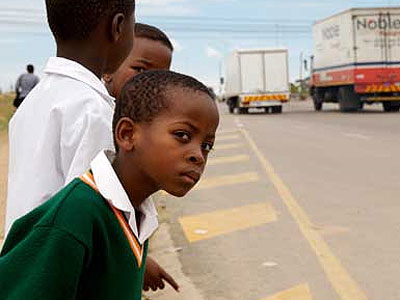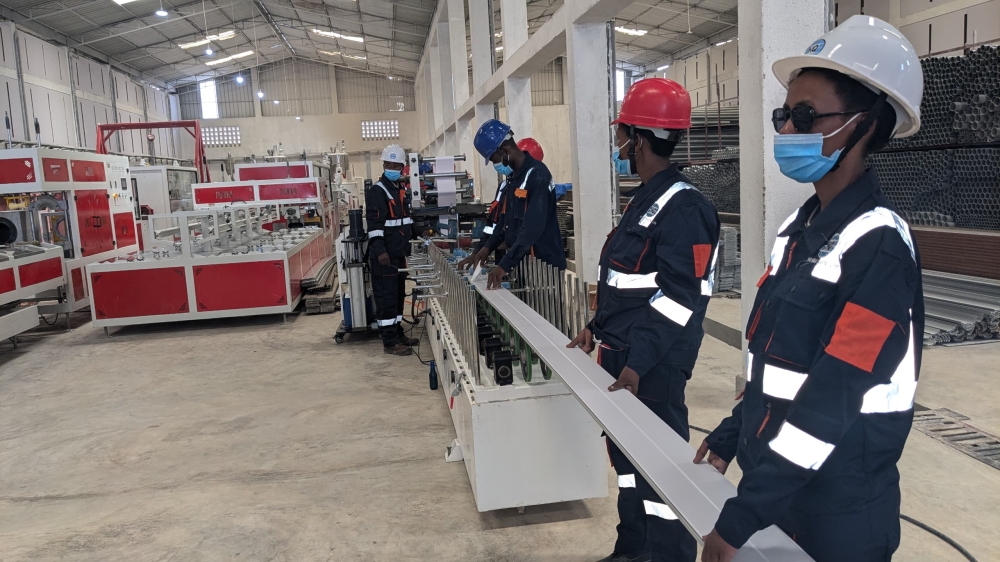As a child in pre-school and primary, I remember being taught about road safety and even having road marks simulated in the playground so we could practice good etiquette on the road and how to cross the road safely.


As a child in pre-school and primary, I remember being taught about road safety and even having road marks simulated in the playground so we could practice good etiquette on the road and how to cross the road safely.
Today, I believe the roads are busier but I am yet to hear of road safety field trips organised for children by their schools here in Kigali. Do they get some teaching on road safety in the school?
I am not sure. If you are lucky, then your child is learning about road safety at their nursery or primary school but as a parent or carer you also play a big part in helping your child learn how to stay safe on the road.
Children will copy adults’ behaviour, so if they see you taking risks they will probably take risks too. If you act with caution and responsibility, this is also likely to rub off.
Ultimately the parent is responsible for the safety of the child. Road safety awareness should start at an early age. Children aged three to five need to learn what traffic is and understand that it can be dangerous.
They also need to know about the different types of traffic found on roads, which side of the road to use and to have a healthy fear of traffic.Talking about traffic with your child when you’re out and about is one of the best ways for them to learn.
Teach them to be alert
Draw your child’s attention to what is going on around them so that they learn to be alert. For example, play ‘spotting’ games - where’s a lorry? Can you find a bus?
Let’s see who can spot a taxi first; ask your child to tell you about the vehicles waiting at the traffic lights or passing you in the car; talk about vehicles you see: which is biggest or fastest? What colours are they? Which carries the most people? Which way is it going? Do some counting.
Set a good example
Always act responsibly on the road. When you cross the road, don’t take risks – your children will copy you.Remember to find a safe place to cross, then stop, look and listen. Don’t use your mobile phone while crossing the road.Always hold hands with your young child near and make sure your child walks on the side of the pavement away from the traffic.If there is no pavement, walk on the side of the road facing oncoming traffic.
Teach your child to cross the road safely
Explain to your child why it’s important to choose a place with a clear view.Holding hands with your child shows them how to stop on the kerb, look all around and listen for traffic before they cross. When there is no traffic coming, walk straight across (not diagonally) and keep looking and listening.
Children need assistance dealing with the road traffic environment until at least the age of 10. However, out of necessity, many children do walk to and from school and deal with traffic often. Road safety is something they must learn early.
So who is responsible when it all goes wrong?




